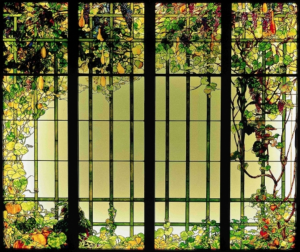
It’s the year 2016.
A made-for-TV reality-idiot has been elected president. He is flanked by the white supremacy vote and the corporate oligarchy, demonizing regulation. Global warming is an ever-present threat and he is a denier.
This is the commentary running through my head before peering into the vegetal worlds of Louis Comfort Tiffany. Sitting near the grounds of Rollins College in downtown Winter Park, Florida is the Morse Museum of American Art. The modest streamlined structure, enveloped by trees and potted flowers, contains within its beams the past, present, and hopeful visions for the future. The collection highlights a myriad of mediums: naturally modeled pottery, paperweight glass-work, lamps, paintings, architecture, and leaded-glass windows.
Within each piece the individuality of the artist is revealed. Ever-present alongside the meticulous choices of texture and color, the thematic value of nature is precious and reflected in the work as worthy of replication. Created in an era when natural forms were adopted, patterned, and stylized to human constraints, Tiffany’s work reflects the necessity for the wild in nature. His pieces highlight the value of the natural world, and the need for its revival as a necessity to our existence.
The first major work blossomed before me as I turned the corner from the entrance. The leaded-glass windows, modestly titled Door Panels, were created by Tiffany for the August Heckscher House in 1905. Four panels of clear glass broken by green trellis lines in a framework of autumnal farming, the Door Panels by Tiffany echo the principles of permaculture gardening. These gardens, wild in nature, are set to thrive by maintaining their own plant-spreading practices, winding their vines through every which way, sprouting in a soft warm spot that they choose for fertile ground, dying and spreading seed in unexpected unplanned places—being free to grow.
Through my 2016 eyes, the images of Tiffany’s door paneled vision are just this, pattern-less realism in sprawling vines and the instinctual tracks of plants. In the cracks and crevices of plant life and vining ropes, gourds, pumpkins, and grapes can be found. There are tomatoes on full bushes, not just tomato plants, as we term them when they are trimmed and lean. The fruit of Tiffany’s tomatoes are lushly red, with crimson and merlot sneaking through the first layer. He articulates layer upon layer of vegetation through layer upon layer of glass. Rippling leaves over thick roped vines, brightened by the lightning technicolor way he mimics a forest, or rather, in my eyes, a permaculture garden. Layers of glass, gauzy and speckled creating illusions of density and lushness twisting in the vines of molting color, plummeting to the dangled yellow-ochre-orange gourds like fleshy blimps ready for plucking. The leafy greenery of shade and protection is vined-in by intertwined interests of sustaining soil in constant renewal of worth. This could be our future. This could be our savior.
In a world full of mechanization and the containment of nature, I soak into the panels, live and breathe in the garden, and desire the garden to be mine—and ours. Tiffany’s work gains new importance in a time like this—2016, so twisty it seems dreamt up by sci-fi novelists and spewed through dystopian visions. Through natural works such as Door Panels we can re-envision our place in the natural world as participant in nature not almighty controller. The natural wonders created by his fingertips, meticulously fused from shards and the powdered infusions of a chemist reflect the process we must start, to reincorporate wild-nature’s instincts into our humanoid, mechanoid world.


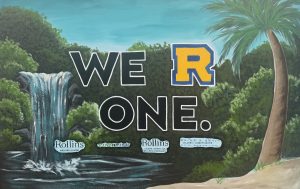



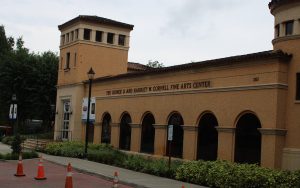

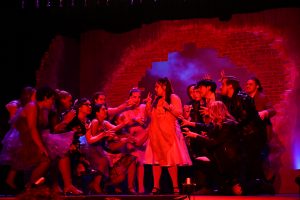

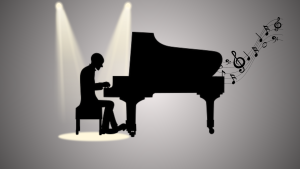
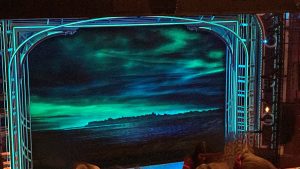
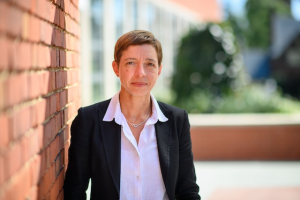
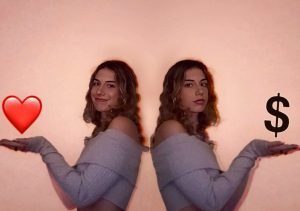
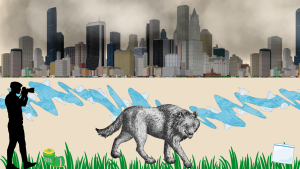

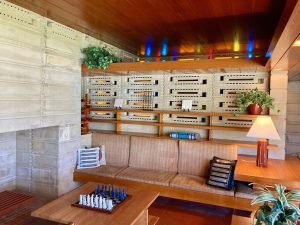
Be First to Comment